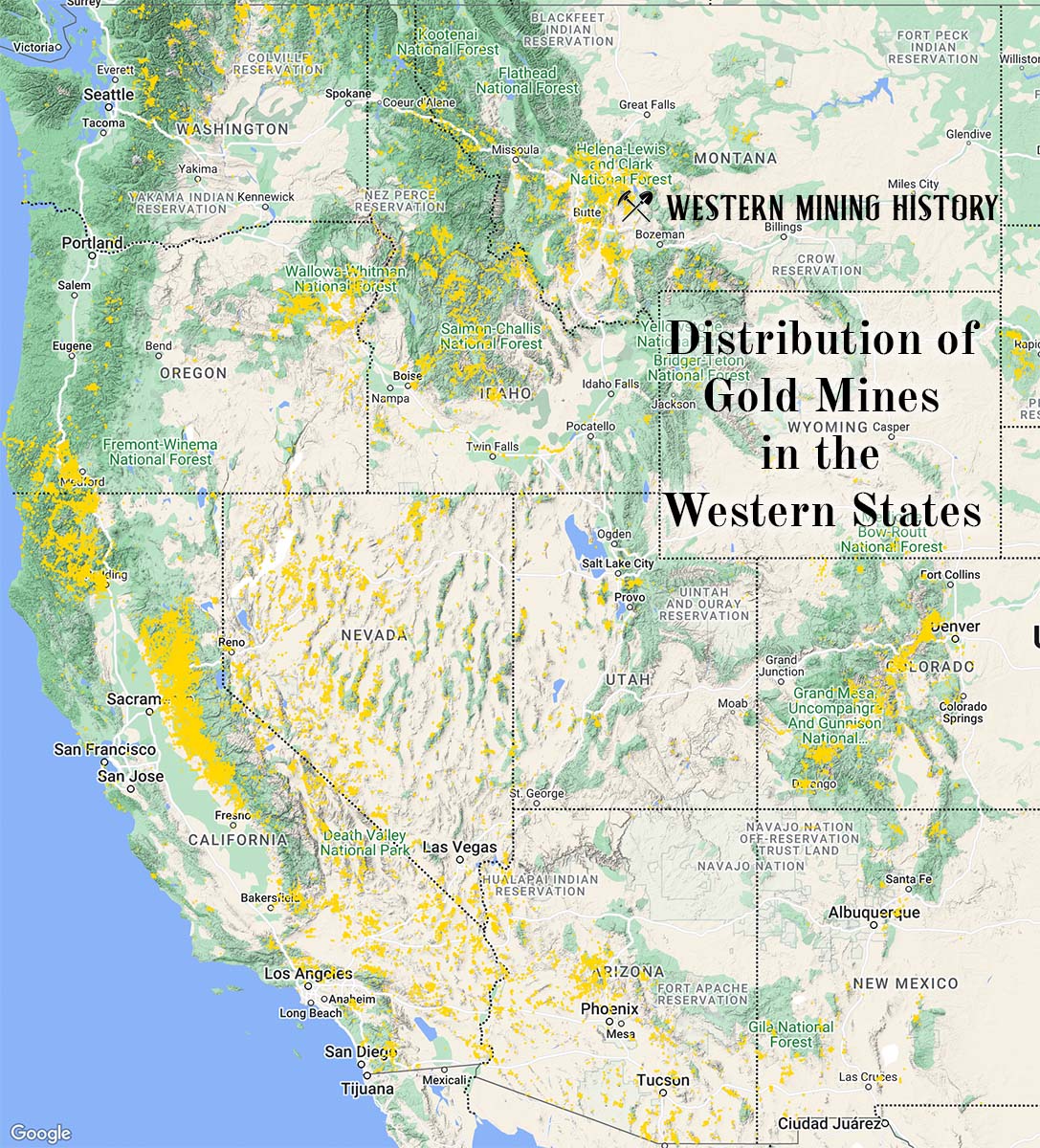The Dixie is a lead, copper, and gold mine located in Alaska.
About the MRDS Data:
All mine locations were obtained from the USGS Mineral Resources Data System. The locations and other information in this database have not been verified for accuracy. It should be assumed that all mines are on private property.
Mine Info
Dixie MRDS details
Site Name
Primary: Dixie
Secondary: Galena-Gold
Commodity
Primary: Lead
Primary: Copper
Primary: Gold
Location
State: Alaska
District: Willow Creek
Land Status
Not available
Holdings
Not available
Workings
Not available
Ownership
Not available
Production
Not available
Deposit
Record Type: Site
Operation Category: Prospect
Operation Type: Unknown
Years of Production:
Organization:
Significant:
Physiography
Not available
Mineral Deposit Model
Not available
Orebody
Not available
Structure
Not available
Alterations
Alteration Type: L
Alteration Text: Wall-rock alteration within a few inches of the vein is intense, but seldom extends more than 10 to 12 inches beyond the quartz filling. Sericitization and carbonate alteration predominate, but there is some pyritization and in the outer parts of the alteration zone chloritization is present (Ray, 1954).
Rocks
Role: Host
Age Type: Host Rock
Age Young: Late Cretaceous
Analytical Data
Not available
Materials
Ore: Gold
Ore: Pyrite
Ore: Bornite
Ore: Chalcopyrite
Ore: Galena
Gangue: Muscovite
Gangue: Orthoclase
Gangue: Quartz
Comments
Comment (Reference): Primary Reference = Chapin, 1921
Comment (Workings): Workings / Exploration = Three claims first staked in 1917 on surface expression of 1 ft of 'good ore'. Very little development reported, the prospect was explored in one place by an open-cut across vein Chapin (1921).
Comment (Geology): Age = Late Cretaceous or younger; the mineralized host is the Late Cretaceous Willow Creek Pluton.
Comment (Geology): Age = Host rock is Late Cretaceous.
Comment (Exploration): Status = Inactive
Comment (Geology): Geologic Description = At least one foot of 'good ore' contains chalcopyrite, pyrite, galena, and free gold on surface (Capps, 1919). An 8.5 ft wide pegmatitic vein strikes N 55 W, and dips 55 SE. The coarse, border material consists of quartz, orthoclase, muscovite, and particles of chalcopyrite along the borders. Central part of vein is milky quartz cut by irregular stringers of chalcopyrite and a little bornite (Chapin, 1921). ? Country rock is the Late Cretaceous Willow Creek Pluton, a zoned pluton: the outer part consists of hornblende quartz diorite and lesser hornblende tonalite; the core consists of hornblende-biotite granodiorite, and lesser hornblende-biotite quartz monzodiorite and biotite quartz monzonite. Wall-rock alteration within a few inches of the vein is intense, but seldom extends more than 10 to 12 inches beyond the quartz filling. Sericitization and carbonate alteration predominate, but there is some pyritization and in the outer parts of the alteration zone chloritization is present (Ray, 1954).
References
Reference (Deposit): MacKevett, E.M., Jr., and Holloway, C.D., 1977, Map showing metalliferous mineral deposits in the western part of southern Alaska: U.S. Geological Survey Open-File Report 77-169-F, 38 p., 1 sheet, scale 1:1,000,000.
Reference (Deposit): Capps, S.R., 1919, Gold lode mining in the Willow Creek district: U.S. Geological Survey Bulletin 692-D, p. 177-186.
Reference (Deposit): Cobb, E.H., 1972, Metallic mineral resources map of the Anchorage quadrangle, Alaska: U.S. Geological Survey Miscellaneous Field Studies Map MF-409, 1 sheet, scale 1:250,000.
Reference (Deposit): Cobb, E.H., 1979, Summary of references to mineral occurrences (other than mineral fuels and construction materials in the Anchorage quadrangle, Alaska: U.S. Geological Survey Open-File Report 79-1095, 184 p.
Reference (Deposit): Chapin, Theodore, 1921, Lode developments in the Willow Creek district: U.S. Geological Survey Bulletin 714-E, p. 201-206.
Reference (Deposit): MacKevett, E.M., Jr., and Holloway, C.D., 1977, Map showing metalliferous and selected non-metalliferous mineral deposits in the eastern part of southern Alaska: U.S. Geological Survey Open-File Report 77-169-A, 99 p., 1 sheet, scale 1:1,000,000.
The Top Ten Gold Producing States

These ten states contributed the most to the gold production that built the West from 1848 through the 1930s. The Top Ten Gold Producing States.